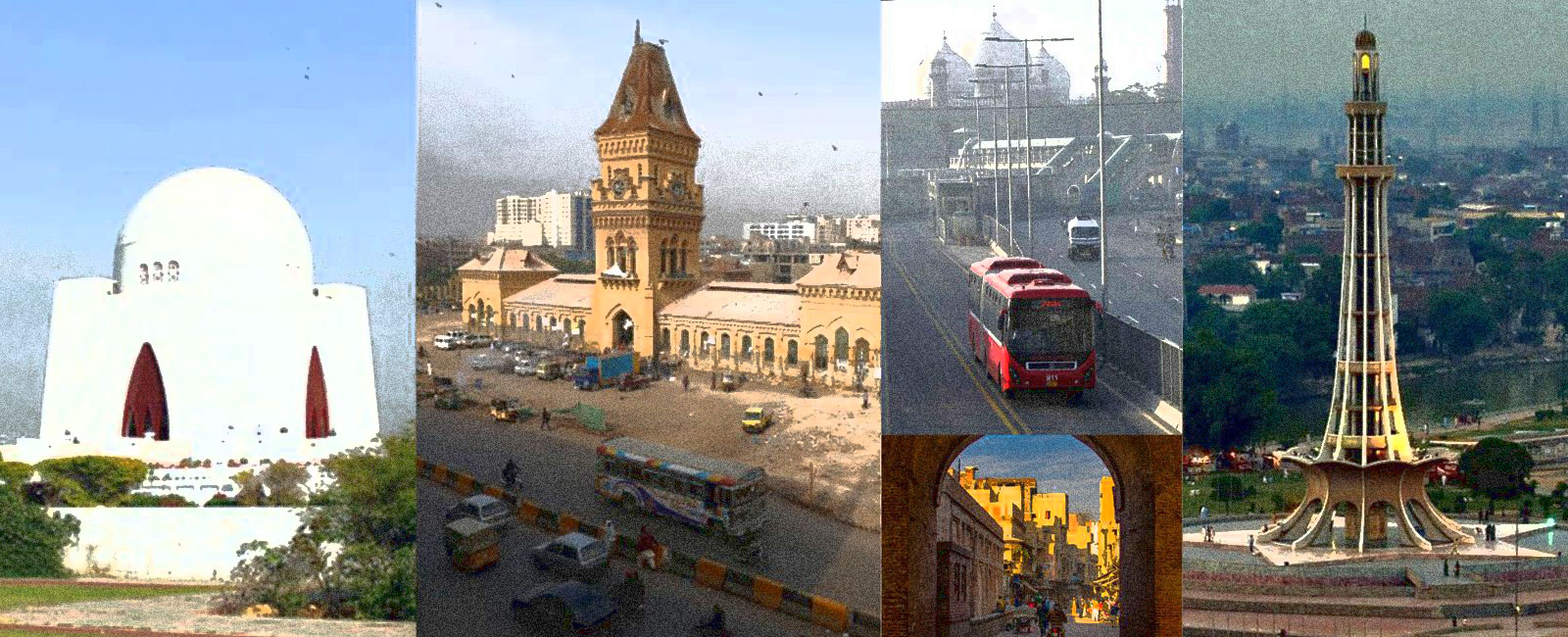Lahore vs Karachi: Which metropolis is in deeper municipal mess?
Overlapping responsibilities hinder local governments' control over urban affairs, resulting in inefficiencies in planning and management

The importance of municipal powers in promoting citizen participation and ensuring accountable city governance cannot be overstated. For effective and responsible management of urban centres, a strong and centralised system with autonomous decision-making authority is crucial.
Municipal powers play a key role in empowering local governments to deliver essential services and infrastructure to their residents. These powers include the ability to levy taxes, oversee public services such as water supply, sanitation, and waste management, regulate land use and construction, and maintain public spaces such as parks and roads.
The presence of effective municipal powers has profound implications for governance, service delivery, and citizen engagement. Local governments possess an intimate understanding of their communities' unique needs and challenges, enabling them to tailor policies and programs accordingly. This customised approach facilitates the optimal allocation of resources, enhances the management of public services, and fosters a heightened sense of accountability to the citizenry.
By empowering local governments with robust municipal powers, we lay the foundation for improved governance, enhanced service provision, and increased citizen participation in decision-making processes. This collaborative approach ensures that the community's aspirations and concerns are carefully considered, resulting in a more inclusive, efficient, and responsive approach to urban management.
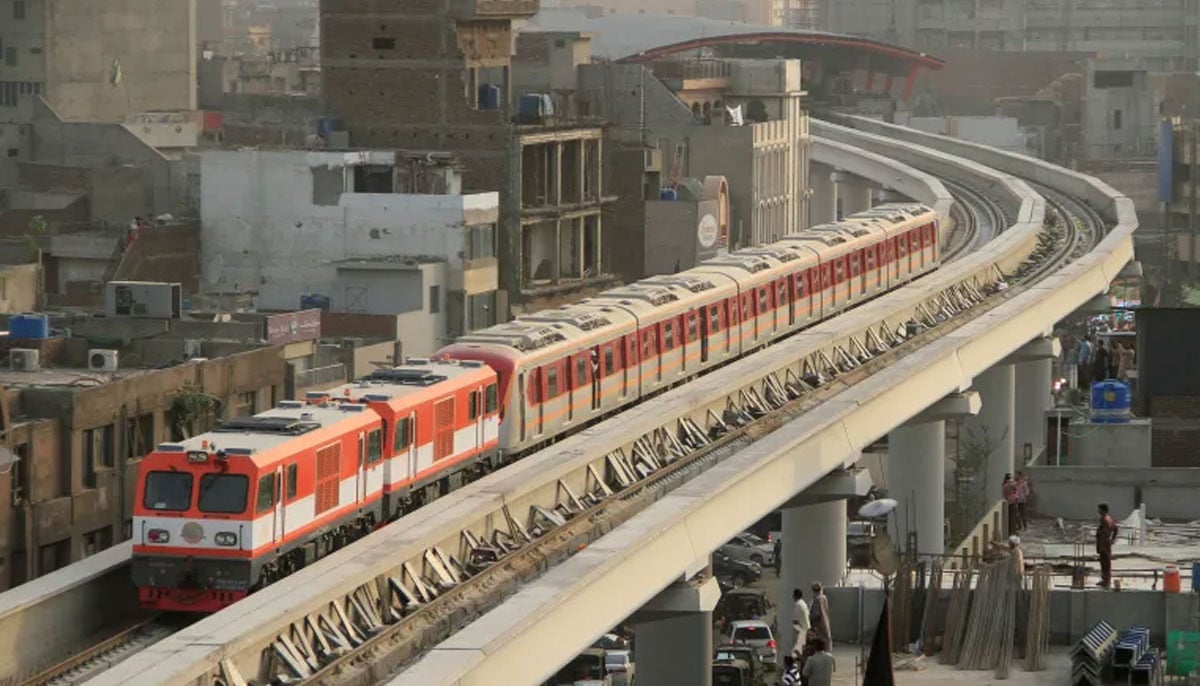
Traditionally, local governments have been entrusted with city planning responsibilities as they align with their mandate and reflect the community's aspirations. However, in Pakistan, city planning has predominantly been concentrated at the state government level, rather than being a core responsibility of local governments.
Contrasting functions
Granting local governments increased autonomy and empowering them to undertake city planning and development activities is vital, as they serve as the primary vehicles for expressing the will of the people. By consolidating functions, a more efficient and coordinated system of city planning and management can be achieved. In this envisioned system, local governments assume a central role, ensuring a unified approach to urban development.
Municipal Corporations, which are local government bodies, play a crucial role in the governance and management of cities, ensuring the provision of essential services and the maintenance of urban infrastructure.
In Pakistan, the Karachi Metropolitan Corporation (KMC) and the Lahore Metropolitan Corporation (LMC) are prominent examples of such municipal corporations, entrusted with significant responsibilities for overseeing the development and upkeep of their respective cities. However, a notable disparity arises when comparing the status and functions of these two cities.
Mayor and administrator
In Karachi, the Mayor of Karachi heads a local government setup known as the KMC. On the other hand, Lahore is currently awaiting local government elections, resulting in the LMC being led by an administrator. While this difference in leadership structure exists, a closer examination of the functions and responsibilities assigned to these municipal corporations reveals a significant contrast in the powers they possess to serve their constituents.
Upon conducting a detailed comparative analysis of municipal powers, it becomes clear that the LMC has a broader scope of functions compared to the KMC. This expanded mandate equips the LMC with a wider array of tools and resources to address the needs of the population. These functions encompass various aspects of urban governance and management, including service provision, infrastructure development, and community welfare. The LMC's enhanced capacity allows it to tackle a multitude of urban challenges and foster a more comprehensive approach to urban development.
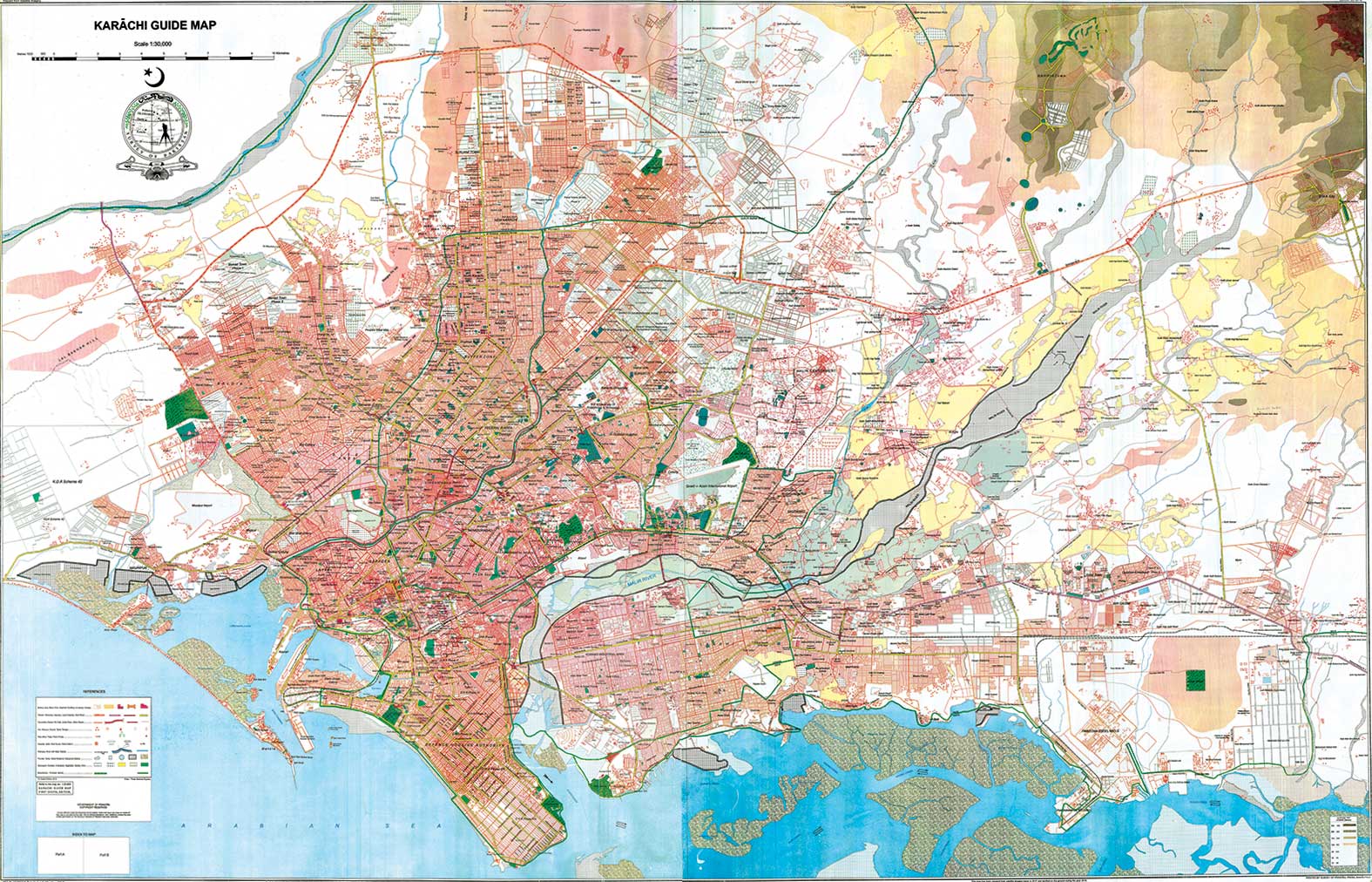
While both the KMC and LMC are committed to fulfilling their respective responsibilities, the disparities in their functions highlight the varying levels of authority and capabilities vested in these municipal corporations. Recognising and addressing these discrepancies is crucial to ensuring fair and effective governance across cities, promoting sustainable development, and enhancing the overall well-being of urban communities.
LMC's broader functional scope
The LMC, by the Local Government Act of 2013, assumes a wide array of functions and responsibilities to ensure effective urban governance. These encompass the approval of spatial plans, master plans, and land use plans, as well as the enforcement of rules and bylaws governing diverse facets of urban development, including housing, markets, and infrastructure. The LMC possesses the authority to evaluate proposals for public transport and mass transit systems, as well as to implement development schemes aimed at enhancing the aesthetic appeal of urban areas.
Within the realm of municipal services, the LMC shoulders the responsibility of establishing an integrated system for water reservoirs, water sources, treatment plants, drainage, and waste disposal. They also play a pivotal role in executing and managing development plans, exercising control over land use, and enforcing municipal laws.
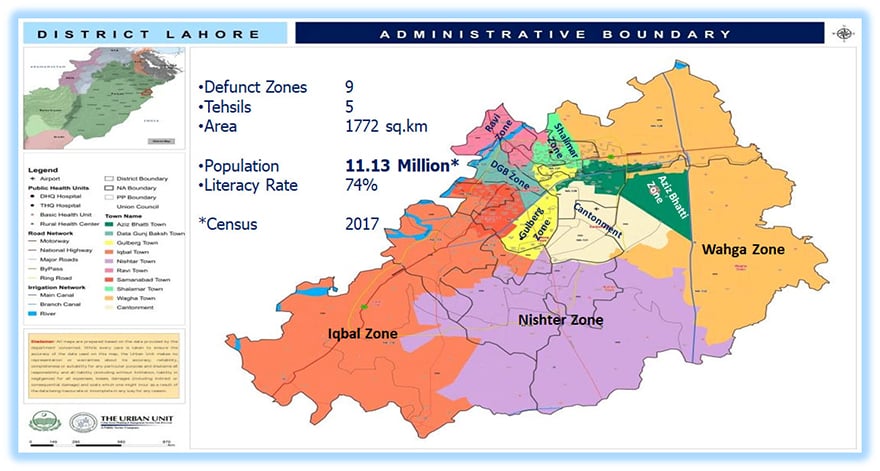
Moreover, the corporation is entrusted with the crucial tasks of preventing and removing encroachments, regulating signboards and advertisements, and providing, managing, operating, maintaining, and enhancing various municipal infrastructure and services. These encompass water supply, sewage treatment, stormwater drainage, sanitation and waste collection, roads and streets, traffic planning, street lighting, firefighting, parks, playgrounds, and more.
LMC is entrusted with the preparation of budgets and development programs, the maintenance of comprehensive databases and information systems, the authorisation of taxes and fees, the regulation of dangerous and offensive articles and trades, the collection of approved taxes and fees, the organisation of sports and cultural events, the management of properties and assets, and the promotion of technological parks and small and medium-sized enterprises. During emergencies, the LMC extends support and assistance in relief efforts, collaborating with relevant authorities.
KMC's limited range of operations
The KMC assumes a limited range of functions and services within the city by the Local Government Act -2013 (amendment) 2023. Its primary focus lies in the development and maintenance of a few infrastructure projects, including inter-district roads, flyovers, stormwater drains, and streetlights. The KMC also oversees graveyards and parking lots.
In addition to infrastructure, the KMC undertakes the responsibility of maintaining abattoirs and cattle colonies in adherence to government directives. It also manages a few medical facilities. Recognising the significance of recreational spaces, the KMC endeavours to maintain and enhance a few parks, including the famous Zoological Gardens, Safari Park, and Frere Hall. Furthermore, the KMC diligently operates a municipal watch and ward system, ensuring public safety and providing essential firefighting services.
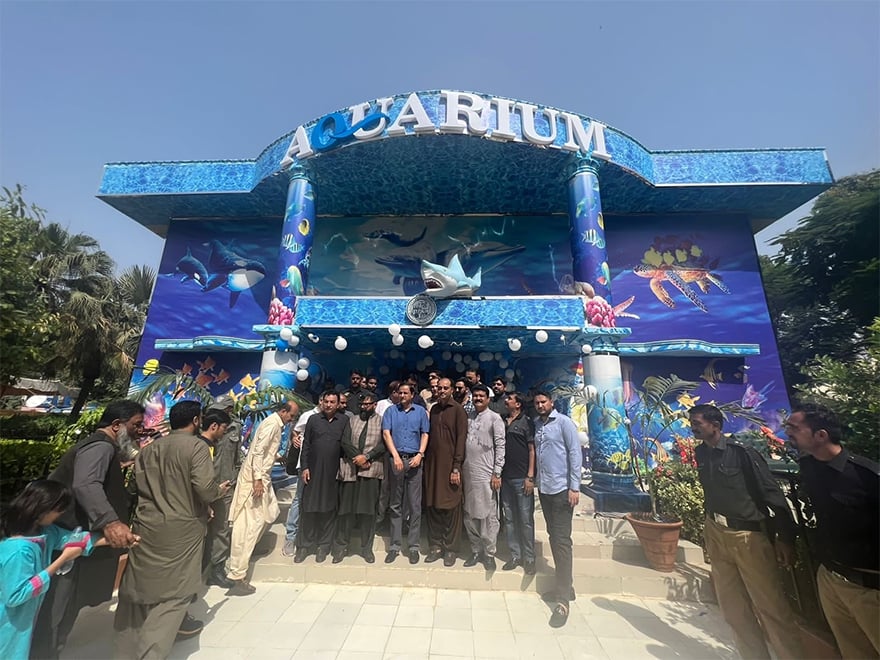
The KMC also assumes responsibility for managing the land owned by the corporation and ensuring the removal of encroachments from its properties. Furthermore, the corporation takes measures to protect citizens from the nuisance caused by stray animals and animal trespassing.
Variance of authorities
While both the LMC and KMC bear responsibilities for providing crucial services and managing urban infrastructure, significant distinctions exist between the two. The LMC boasts a more comprehensive range of functions, encompassing urban planning, environmental control, and an extensive portfolio of municipal services.
However, an intriguing complexity arises as the LMC lacks an elected representative to lead the municipality, resulting in a somewhat colonial approach to city governance under an administrator. This dynamic poses challenges in aligning the city's development with the aspirations of its citizens.
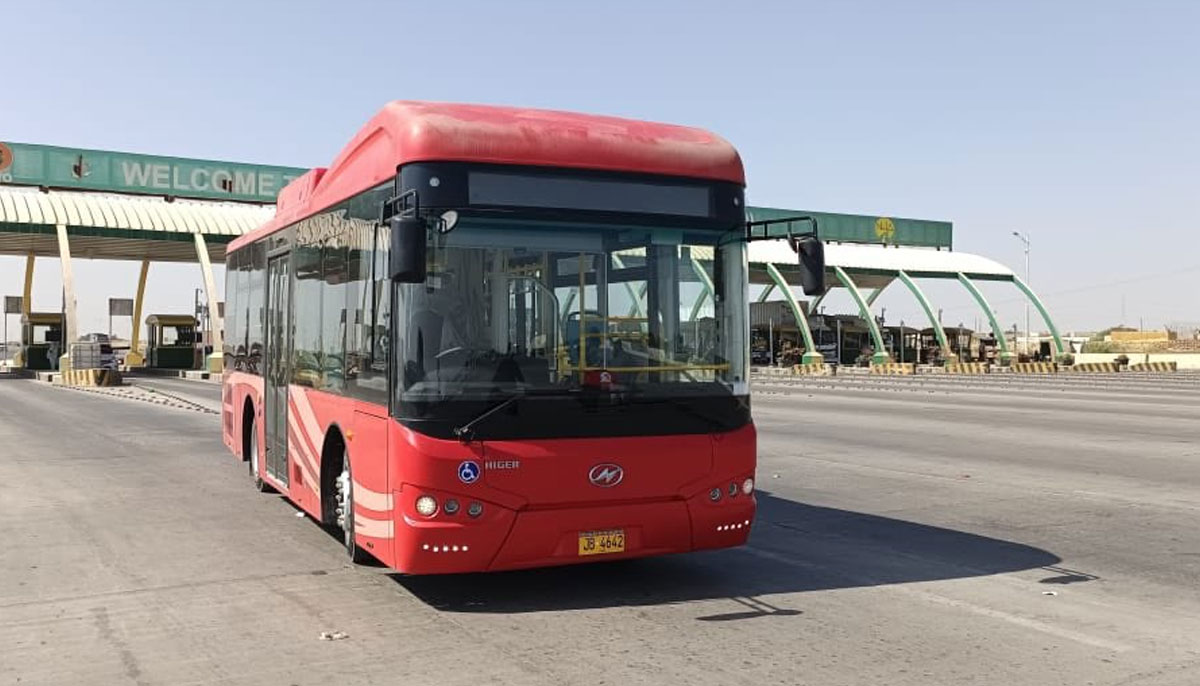
In contrast, recent changes in the administrative structure have curtailed the functions of the KMC, with key departments transferred to the control of the Sindh Government.
These include vital entities such as the Solid Waste Management, Water and Sewerage Board, Building Control Authority, Karachi Development Authority, Master Plan, Development, and Town Planning department, as well as the Urban Transport and Mass Transit division. Notably, although Karachi has an elected mayor, the limited authority bestowed upon this position hinders the resolution of municipal issues faced by the city's residents.
Decision-making powers
The local governance landscape in Lahore and Karachi is shaped by distinct local government acts that delineate the powers and responsibilities of their respective municipal bodies. However, an intriguing disparity lies in the stability and consistency of the legal framework. Lahore's local government setup is currently non-existent, with pending local government elections and an administrator heading the LMC.
In contrast, Karachi benefits from a functioning local government system, with the KMC led by the Mayor of Karachi. However, it is noteworthy that several municipal domains do not fall under the purview of the KMC, rendering the administrative structure more complex and fragmented.
Both cities employ a tiered system of local government, comprising city councils, town councils, and union councils. However, the administrative structure in Lahore, under the administrator's leadership, adopts a top-down decision-making approach, with governance lacking a people-centric focus.
Councils in Lahore are not operational, further diminishing citizen participation. On the other hand, Karachi's local government system, despite its existence, faces limitations in terms of the powers vested in the mayor and councils. This complexity and fragmentation within the administrative structure present challenges to effective governance.
Revenue generation challenges
Revenue generation poses a shared challenge for both cities in financing local development projects and delivering essential services. Lahore benefits from a more robust revenue generation system, boasting a larger tax base and greater fiscal autonomy.
In contrast, Karachi heavily relies on grants from the provincial government, resulting in limited financial autonomy. The KMC encounters significant obstacles in providing essential services, such as water supply, sanitation, waste management, and infrastructure development. Conversely, the Lahore Municipal Corporation is empowered to service delivery.
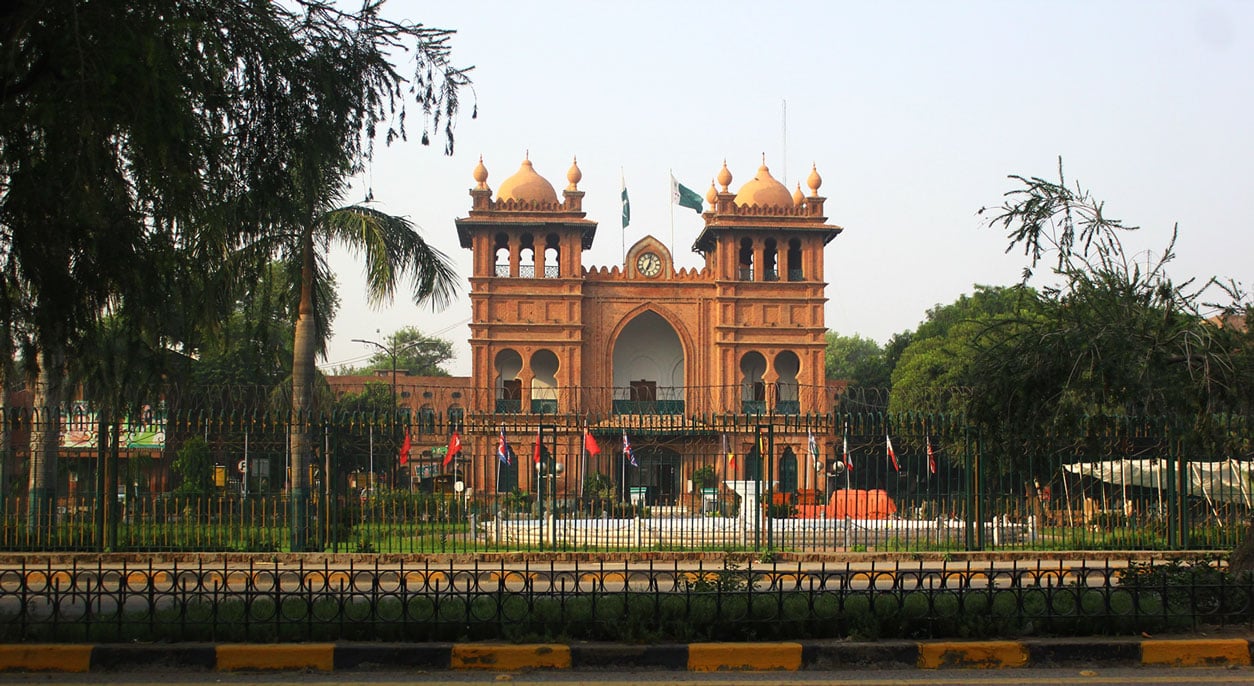
The fragmentation of responsibilities among various institutions weakens the position of local governments in city planning and management. Overlapping responsibilities hinder local governments' control over urban affairs, resulting in inefficiencies in planning and management. The colonial-era administrative structures, designed to maintain centralised control over even the most local matters, have perpetuated this weakness in urban local government.
Until strong, autonomous municipal governments, led by elected representatives, assume centralised responsibilities for city planning and management, the prevailing chaos in Karachi and Lahore will persist. The absence of elected representation in municipal bodies further hampers effective city planning and management.
Muhammad Toheed is an urban planner, geographer and Associate Director at Karachi Urban Lab, IBA. He posts on X @UrbanPlannerNED
Header and banner image by Geo.tv



